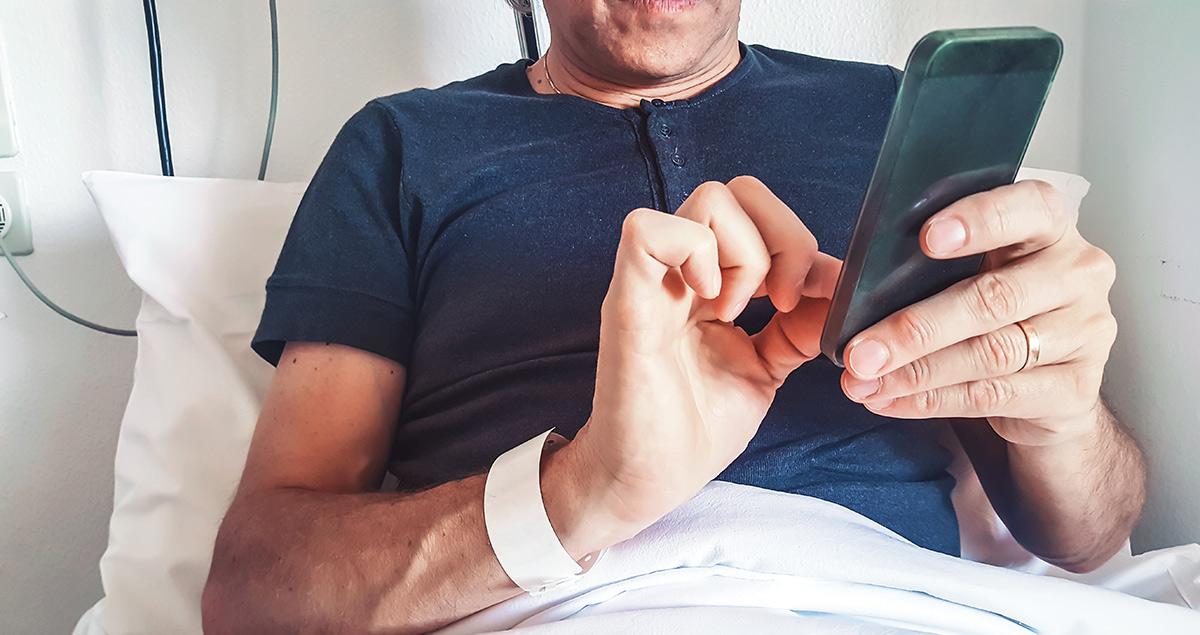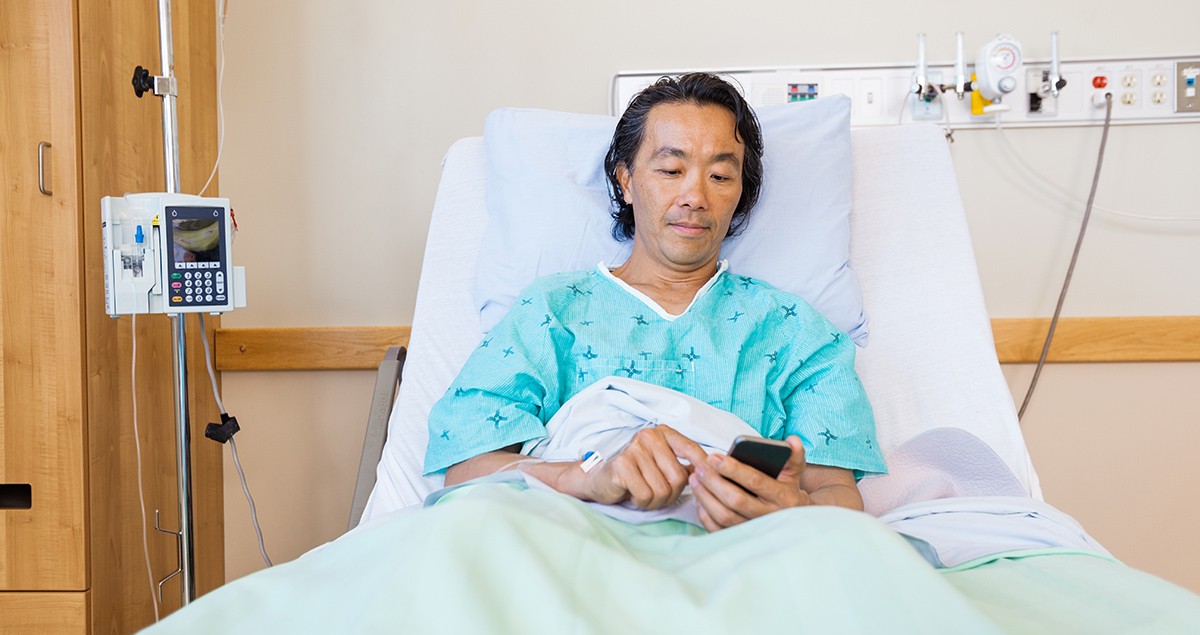Smartphones speed recovery of surgical wounds

Every year, patients in the US spend an extra 400,000 days in hospital following surgery because their wounds become infected, according to the World Health Organisation. Smartphones, could, however, be one way to reduce these numbers.
In most developed countries, surgical site infections, or SSIs, occur in about 2 to 5 per cent of inpatient surgeries and frequently result in prolonged hospital stays. They are also a leading cause of readmission to hospital, following otherwise successful operations.
While most cases are resolved, an untreated SSI can potentially lead to sepsis and death, making postoperative wound monitoring a vital part of caring for a patient once they return home, via clinic appointments or visits from healthcare professionals.
This vigilance comes at considerable cost, but a team at the Wisconsin Institute of Surgical Outcomes Research (WiSOR), part of the University of Wisconsin-Madison, has recently trialled a smartphone-based approach that could make it easier for healthcare professionals to keep an eye on healing, remotely.
The team at WiSOR has developed an iPhone app called WoundCheck, which patients use to regularly send photos of their wounds to the nurses responsible for their care and to answer a few brief questions; for example, have they experienced fevers or chills in the past 24 hours, have they changed their dressing, is the wound leaking?
In a recent trial of WoundCheck, 40 patients were enrolled during their inpatient stay and, following their discharge from hospital, were asked to use the app daily for a period of two weeks. During that time, healthcare providers detected seven wound complications.
“We set out to come up with a protocol where patients could become active participants in their own care and allow us to be in closer communication and monitor their wounds after they leave the hospital,” explains study lead author and general surgery resident Dr Rebecca Gunter.
“This approach allows us to intervene at an earlier time, rather than waiting for patients to come back in after the problem has already developed past the point of being able to manage it on an outpatient basis.”
SSIs are just a subsector of a far bigger wound care challenge, however. Healthcare professionals regularly battle, for example, against slow-to-heal, recurring wounds, commonly known as chronic wounds. Examples include foot and leg ulcers in people with diabetes, and pressure ulcers (otherwise known as bedsores) in elderly patients.
As well as the risk of infection, unchecked foot and leg ulcers in diabetic patients in particular frequently result in damage to tissue and bone, requiring amputation.
“This is a big problem. Wounds, wound management and amputations have a huge cost, both financially and physically for the people who suffer from them, as well as their families,” says Emmanuel Agu, associate professor of computer science at Worcester Polytechnic Institute, a private research university in Worcester, Massachusetts.

He and his team have recently received a $1.6m award from the National Institutes of Health to develop a smartphone app that not only captures the appearance of wounds, but also their depth — a critical measure in assessing the progression of an ulcer.
“I like to work on real problems that make a difference for people. Much of my research is in imaging and computer graphics and wound management is a problem that imaging technology can help with,” Dr Agu says.
Machine learning algorithms built into the app will take these measurements and compare readings over time to keep track of changes, tell if the wound is shrinking or expanding, or if there are other changes that could indicate an infection or other complication.
The app will also compute a “healing score” that tells the patient whether the wound is getting better, is unchanged or is worsening. Finally it will suggest one of three actions: stay the course, consult a specialist for treatment advice, or seek immediate care.
“This won’t replace doctor visits entirely, but it will augment those visits,” says Dr Agu. “Patients or caregivers can check in any time they want using this app and get more feedback than they do with occasional doctor visits. If people self-monitor they are more likely to change their behaviour, keep a closer eye on wounds and take the proper care those dangerous wounds need.”
Meanwhile, PointClickCare, a Canadian company, has introduced the ability to measure wound depth to its Skin & Wound app. This is used to capture and track pressure sores in elderly, often immobile, patients by agency workers and staff working in nursing facilities and senior living communities in the US and Canada.
According to Steve Knapp, senior product manager at PointClickCare, more than 500,000 wound assessments have been conducted using the app in the past year. The new AutoDepth feature of Skin & Wound, created by PointClickCare’s technology partner Swift Medical, a wound management software specialist, uses machine learning algorithms to analyse wound depth via photos taken on a smartphone.
“Wound depth has traditionally been a difficult measure to obtain consistently from one nurse to another,” he says. It can also be an uncomfortable process for the patient and comes with some risk of infection. So this alternative, which simply involves waving an iPhone over the wound, comes with considerable advantages.
Mr Knapp is keen to see smartphone-based monitoring of wounds develop further. As wounds need different treatments at different stages, smartphone apps that help link a wound to the right category by colour, size, heat and depth, will provide patients with the right care more quickly.





